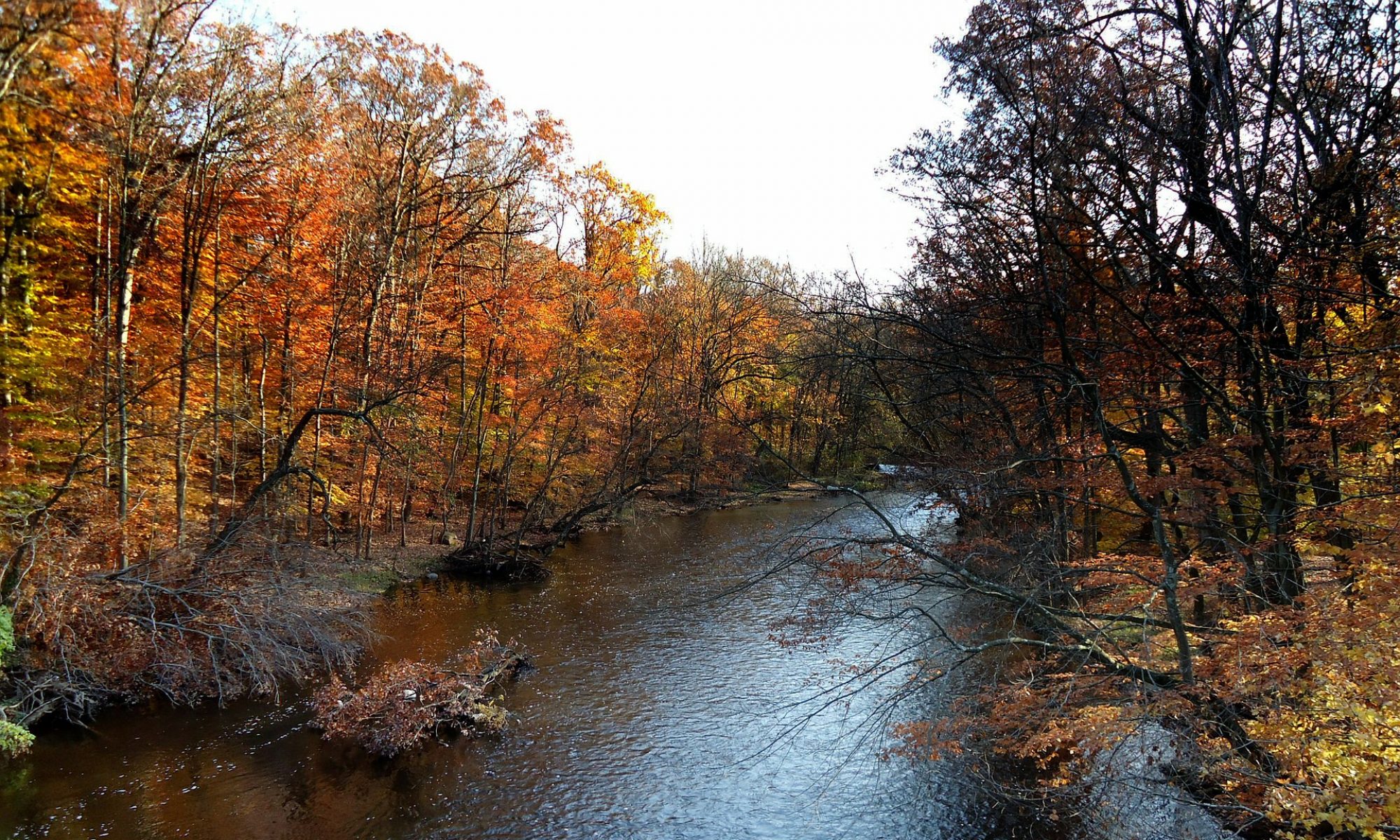Going Wider and Deeper with a Green Economy
This second Appendix picks up on the Students’ earlier proposal for a green economy for New Jersey, extends it, offering a vision of a unique, comprehensive, ever-deepening economy. It defines a green economy as much more than conventional green jobs. The degree of change proposed is substantial, many possibilities are offered, and the time frame is long. A lot of both opportunities and issues will come up, some of which are foreseeable. It becomes more than a proposal by exploring anticipated bigger picture issues and providing guidance on how to move through them.
A look at how others have seen a green economy and green growth shows a range of definitions. An important one, for example, links it to an ecologically-informed economy. The projections of conventional green jobs numbers have been methodologically problematic and criticized. So while green job creation remains an important reason, the principle purpose of a green economy is as a new, creative way to address serious environmental and, increasingly, social problems. Another is that as the possibility and desirability of long term conventional economic growth is controversial in the sustainability field, green growth may be the best and most viable societal response to the environmental and social conflicts, and resource shortages we will otherwise see. It therefore may be our best choice. In any event, the studies cited show, perhaps surprisingly, that conventional green jobs may not necessarily be the largest category of jobs in a green economy.
As there is no standard view of what a green economy is, one is created, which, as mentioned, is comprehensive. A big and unique part of it is the inclusion of sustainable business and CSR. Many aspects of sustainable business are not generally recognized. One is that it is a field in itself, with some significant accomplishments and goals, including companies taking unprecedented and surprising actions. These include zero emission goals, going out of their way to hire refugees, CEOs resigning in protest from Presidential Advisory Boards, supporting controversial social choices on such issues as gay rights, gun control, refugees. Some companies are explicitly social or “Purpose”-driven, and others give evidence of actually caring about the environment, not one of the now-conventional motives often given for why companies take sustainable actions. There are even reasons now for companies to tackle a tough, but crucial issue such as biodiversity, which would not appear to lend itself to positive voluntary company actions. One of these is that some companies starting to recognize and quantify that their business success depends on ecosystem services.
So while unconventional, why not seek to take advantage of these developments, and see how much further potential there might be?
A good place to start are the four existing New Jersey sustainable business initiatives, which, while having some gaps, are seen as solid and improving, but without a compelling and powerful vision to guide them. If provided, these could be a solid foundation upon which to build a more ambitious green economy.
Another unique feature of Appendix II is the meta-issue of underlying and (sometimes) quiet attitudinal obstacles, called “Mindset Barriers,” to a green economy. There are a range of these observed over the decades, including the perennial issue of whether there is “too much regulation.” The latter, in particular, can make it difficult to even consider the possibilities of a green economy. Guidance is offered on the latter, including linking its treatment with spurring a green economy, using, in part, insights from some of the older studies summarized at the end of Appendix II.
The main conclusion is that the more ambitious the level of a green economy sought, the better. It could be described in a number of ways such as “A Green Economy on Steroids.” However expressed, it could become a major goal of economic policy in the state. It should grow to include nearly all sectors, and most companies within those sectors. Companies do not have to be even close to perfect, but they should be ever-improving. The overall approach is voluntary, but companies which do not choose to participate will in the long run risk competitive pressure from those who do, as well as shopper disfavor.
The main recommendation is for the Governor and key senior managers to accept as ambitious and comprehensive an approach to a green economy as they see as ultimately feasible—even beyond their time in Office. They should make clear that this is the direction of state economic policy. Most of the other 36 recommendations over the long run support this one. An early one is to add the NJBPU’s clean energy program initiatives, which were not included in this Appendix. Other sectors should be considered for focused attention in the near to medium- term, particularly agriculture. Sister agencies to NJDEP and NJBPU should support this direction from their end. The agencies involved should maintain a learning ethic, as with such a comprehensive approach, there is much going on, both in-state and outside our borders. There is much that can be learned that could enhance this initiative.
While still early, the greening of New Jersey’s economy could be a candidate for a legacy for a Governor to leave behind, and one with multiple benefits.

